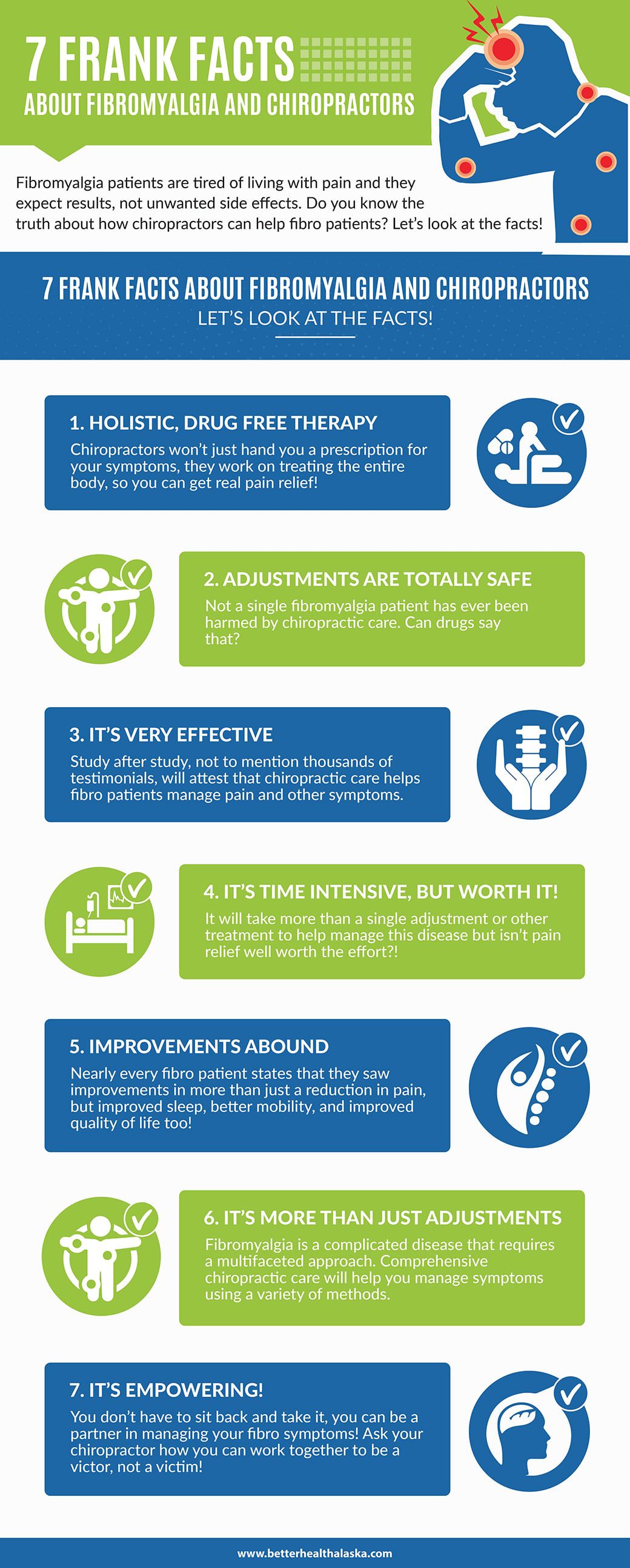Prepare Yourself To Discover The Fascinating Cellular Communications Of Cold Laser Treatment And Its Application Of Light For The Purpose Of Healing. Dive Even More Into The World Of Science!
Prepare Yourself To Discover The Fascinating Cellular Communications Of Cold Laser Treatment And Its Application Of Light For The Purpose Of Healing. Dive Even More Into The World Of Science!
Blog Article
Authored By-Rosendahl Bartlett
You may have heard of cold laser treatment as an appealing therapy alternative for various conditions, yet have you ever before questioned just how it really works on a mobile level? Understanding the devices behind this therapy can shed light on its performance in promoting recovery and decreasing inflammation. By exploring the scientific research behind cold laser therapy, you'll get insights right into the remarkable ways in which light can affect mobile processes and promote tissue fixing.
Just How Cold Laser Therapy Works
To understand how cold laser therapy functions, you need to realize the essential principles of how light power interacts with organic cells. Cold laser therapy, also called low-level laser therapy (LLLT), utilizes details wavelengths of light to pass through the skin and target underlying cells. Unlike the intense lasers utilized in surgical procedures, cold lasers discharge low degrees of light that don't generate warmth or create damages to the cells.
When these mild light waves reach the cells, they're absorbed by parts called chromophores, such as cytochrome c oxidase in mitochondria. This absorption triggers a series of biological responses, consisting of enhanced mobile power manufacturing and the release of nitric oxide, which enhances blood flow and reduces swelling.
Moreover, the light energy can likewise stimulate the production of adenosine triphosphate (ATP), the power money of cells, helping in mobile fixing and regrowth processes.
In weight loss specialist greenwich ct , cold laser therapy harnesses the power of light energy to promote healing and reduce pain in a non-invasive and mild manner.
Mechanisms of Action
Exactly how does cold laser treatment actually work to generate its therapeutic impacts on biological tissues?
Cold laser therapy, also referred to as low-level laser therapy (LLLT), runs with a procedure known as photobiomodulation. When the cold laser is related to the skin, the light power penetrates the cells and is taken in by chromophores within the cells.
These chromophores, such as cytochrome c oxidase in the mitochondria, are then stimulated by the light power, leading to a cascade of biological reactions. facial stamford ct of action is the enhancement of cellular metabolic rate.
The absorbed light energy boosts ATP manufacturing in the mitochondria, which is crucial for cellular function and repair service. Furthermore, cold laser treatment assists to lower inflammation by inhibiting inflammatory moderators and promoting the launch of anti-inflammatory cytokines.
visit the up coming site anti-inflammatory impact adds to pain relief and tissue healing.
Restorative Effects
Understanding the therapeutic impacts of cold laser therapy entails recognizing just how the boosted cellular metabolic rate and anti-inflammatory properties add to its positive outcomes on organic tissues.
When the cold laser is related to the damaged area, it promotes the mitochondria within the cells, bring about raised manufacturing of adenosine triphosphate (ATP), which is important for mobile feature and repair. This increase in mobile energy increases the healing process by advertising cells regeneration and reducing inflammation.
Furthermore, the anti-inflammatory residential properties of cold laser therapy help to reduce discomfort and swelling in the targeted area. By inhibiting stress face before after and advertising the launch of anti-inflammatory cytokines, cold laser therapy aids in reducing pain and improving the total healing reaction.
This decrease in inflammation not just gives prompt alleviation however also sustains lasting tissue repair.
Conclusion
Finally, cold laser therapy works by boosting cellular repair and tissue regrowth through photobiomodulation. Its anti-inflammatory properties give pain alleviation and decrease swelling by preventing inflammatory mediators.
This therapy offers a comprehensive method to recovery, providing both prompt relief and long-lasting cells repair advantages.
With its systems of action, cold laser therapy proves to be an effective and encouraging treatment alternative for a range of problems.
